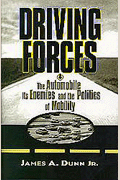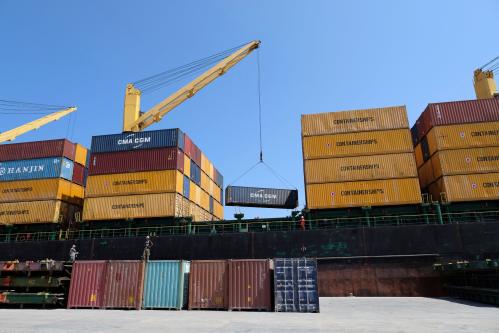The resurgence of protectionism has renewed interest in the gains from trade and how they are distributed. Identifying who gains and who loses from trade and by how much is of crucial policy interest, but often challenging because of a lack of suitable data. Information on exposure to trade-induced changes in consumer prices, wages, and returns to entrepreneurship is often hard to access, not available, or not sufficiently disaggregated to permit meaningful analysis.
The new Household Impacts of Tariffs dataset is a publicly available and representative household-survey-based dataset covering 54 developing countries that enables researchers to analyze the distributional impacts of tariffs. It contains granular data for each percentile of the income distribution on both the income derived from and consumption of 53 agricultural products. It also covers consumption of five different types of manufactured goods, five different types of services, as well as 10 different types of wage-labor income and nonfarm enterprise sales, and various types of transfers. It is based on an underlying dataset of 521,639 households which are, in turn, representative of approximately 1.8 billion people.
To illustrate potential applications of the data we simulate the first-order impact of unilateral agricultural tariff liberalization using a stylized agricultural household model. We find that the prevailing structure of agricultural tariffs represses household incomes by 2.5 percentage points on average across countries, with higher gains in richer countries as is shown in Figure 1, which plots average gains from unilateral agricultural tariff liberalization against GDP. One possible explanation for this finding is that agriculture is a more important source of employment in poorer countries and farmers and agricultural laborers enjoy income gains associated with tariffs.
The costs of protectionism also vary enormously within countries because households in different parts of the income distribution tend to have very different income and consumption portfolios; the average standard deviation of the gains from trade across percentiles of the real-income distribution within a country is 1.01 percentage points. In 29 countries, agricultural tariff liberalization would be pro-rich in the sense that the top 20 percent richest households would gain proportionately more than the bottom 20 percent. Yet, the poor would benefit more than the rich in 25 countries.
Which households in the developing world gain most from agricultural tariff liberalization? To shed light on this question Figure 2 pools all countries in our database, and plots the household-level gains from agricultural trade against the initial level of per capita household expenditure using a kernel non-parametric regression. The kernel slope is positive and steeps upward until the top percentiles of the developing world distribution of income and then becomes negative. Richer households tend to gain more from liberalization than poorer households. But it is the upper-middle class that stands to gain the most from agricultural tariff liberalization.
Figure 1. Aggregate gains from agricultural tariff liberalization vs. GDP per capita

Figure 2. Household-level gains from agricultural trade liberalization

Using disaggregated data is important, because using more aggregated data yields biased estimates of the average gains from trade. The mean absolute difference in average gains estimated using disaggregated data versus aggregated data is 0.75 percentage points, or 30 percent of the average gains from trade across countries.
The Household Impacts of Tariffs dataset is available for download. There is also an online tariff-reform simulation tool and a detailed description of how the data were constructed. While here we have focused on first-order impacts of the elimination of agricultural tariffs using a basic model, the HIT dataset has a much wider set of potential applications (for additional examples see our working paper) and can accommodate richer and more sophisticated modeling assumptions.
The Brookings Institution is committed to quality, independence, and impact.
We are supported by a diverse array of funders. In line with our values and policies, each Brookings publication represents the sole views of its author(s).










Commentary
Who gains from trade?
Introducing the Household Impacts of Tariffs dataset
January 31, 2020